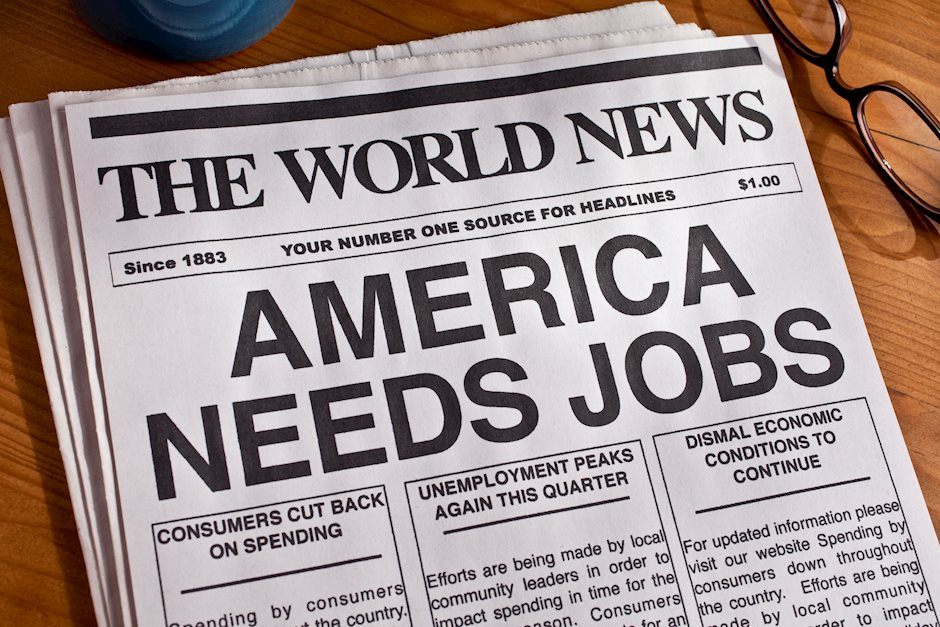NFP revisions serve as another wake-up call for the Fed

Stocks stayed firmly in the green overnight as the Fed minutes all but locked in a September rate cut, especially with recent inflation data paving the way. But the surprise cameo from the NFP revision stole the show, sending bond yields on a downward spiral and delivering a body blow to the dollar. The downward revision of US payrolls hit close to the worst-case scenario, cementing expectations for a rate cut in September and fueling chatter that it could be more than the standard 25 pb fare.
The debate over a 25 vs. 50 basis point cut hinges on the upcoming August jobs report. Earlier this month, the US “growth scare” had the Sahm rule stirring the pot, pushing markets towards a 50 basis point cut. Throw in the NY Fed survey’s job scare for good measure, but the hefty NFP revision got the market’s attention. With growing concerns that the labour market might be cooling off too quickly under high rates, this revision was a wake-up call. The number of workers on payrolls is expected to be reduced by a jaw-dropping 818,000 for the 12 months through March—the most extensive downward revision since 2009.
In the world of trading, context is king. With the BLS revisions hitting hard and Americans more anxious about job security than they’ve been since 2014, there’s plenty of reason to be on high alert. A deep revision like this could chop down the illusion of a strong economy that’s been keeping the market buoyant. Landing near the bottom of the worst-case estimates, this revision has made waves.
While the Fed’s potential rate cuts are hogging the spotlight, don’t forget to look at the bigger picture. The economy’s resilience is still key—if it holds steady, the stock market might continue its climb. But here’s the kicker: everything from the scale of Fed cuts to the true strength of the US economy could come crashing together in a classic “be careful what you wish for” scenario when the next NFP report drops.
Even though the VIX is playing it cool, there’s a hint of unease creeping into the market. As we wade through the lazy late innings of the dog days of summer, there’s a bit of cross-asset anxiety brewing over these job revisions that somehow slipped under some folk’s radar yesterday.
This revision, the largest since 2009, comes with the disclaimer that the tally will be revised again early next year. Given the July jobs report's "growth scare"—featuring weak payrolls, rising unemployment, falling hours worked, and cooling wages—this NFP revision is cranking up the pressure on the Fed. The stakes couldn’t be higher, and the market is on edge, bracing for what’s next.
Whether the August jobs report becomes that cliff-edge moment or not, my trading radar—let’s call it my “tradar”—is flashing a warning that a day of reckoning is coming. While the "Fed Put" might prevent a total market meltdown, it’s crucial to recognize that when the labour market starts slipping in the wrong direction, it gathers momentum like a runaway train. That’s the hallmark of US recessions—the jobs market doesn’t just stumble; it tumbles, and when it does, it happens fast and hard.
A rate cut on September 18 was set in motion at the end of last month. During the press conference, Chair Powell hinted, “a rate cut could be on the table at the September meeting” if inflation data behaved (they did) and labour market numbers softened further (they did). Now, all eyes are on Powell’s Friday speech at Jackson Hole, where the market will look for that final confirmation nod.
Not to get too far ahead of myself, but traders love to plot and position well in advance. As we gear up for the crucial NFP report, there’s still some minor wood to chip, and while a slowdown in growth is expected in the second half of the year, it’s not yet the kind of sharp decline in consumer spending that would force the Fed’s hand into a 50-bp rate cut at the upcoming meeting. However, if the NFP comes under 100K, the Fed might have to spring into action to cover both ends of its dual mandate with a jumbo-sized cut.
As for Powell’s upcoming Jackson Hole speech, I think it might be less of a game-changer after the FOMC minutes provided the confirmation bias everyone was looking for. So, when Jay takes the stage Friday, expect him to push back against the idea that the Fed is behind the curve. He’ll likely stick to his script, reassuring us that monetary policy is in a “good place.” After all, there is no way he will signal a 50-mission cut until the August NFP has been unpacked.
Author

Stephen Innes
SPI Asset Management
With more than 25 years of experience, Stephen has a deep-seated knowledge of G10 and Asian currency markets as well as precious metal and oil markets.

















